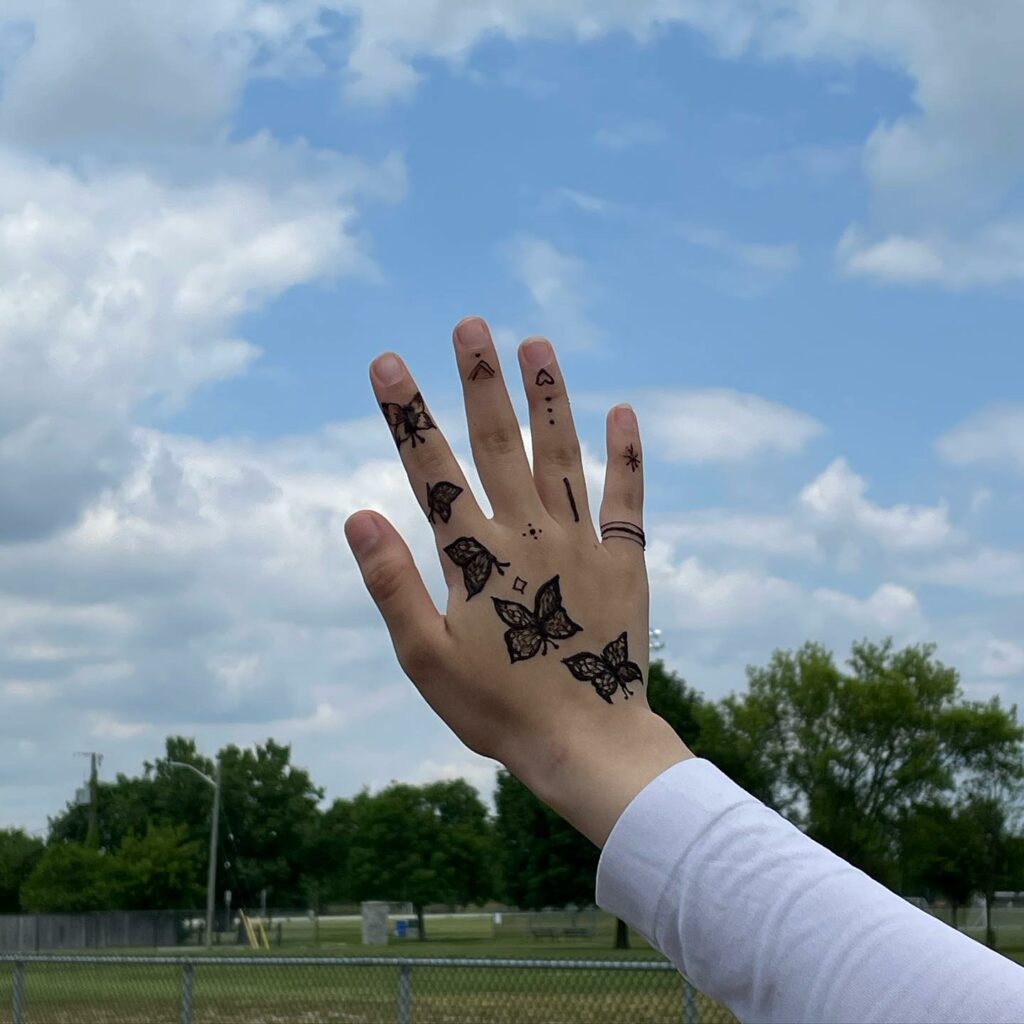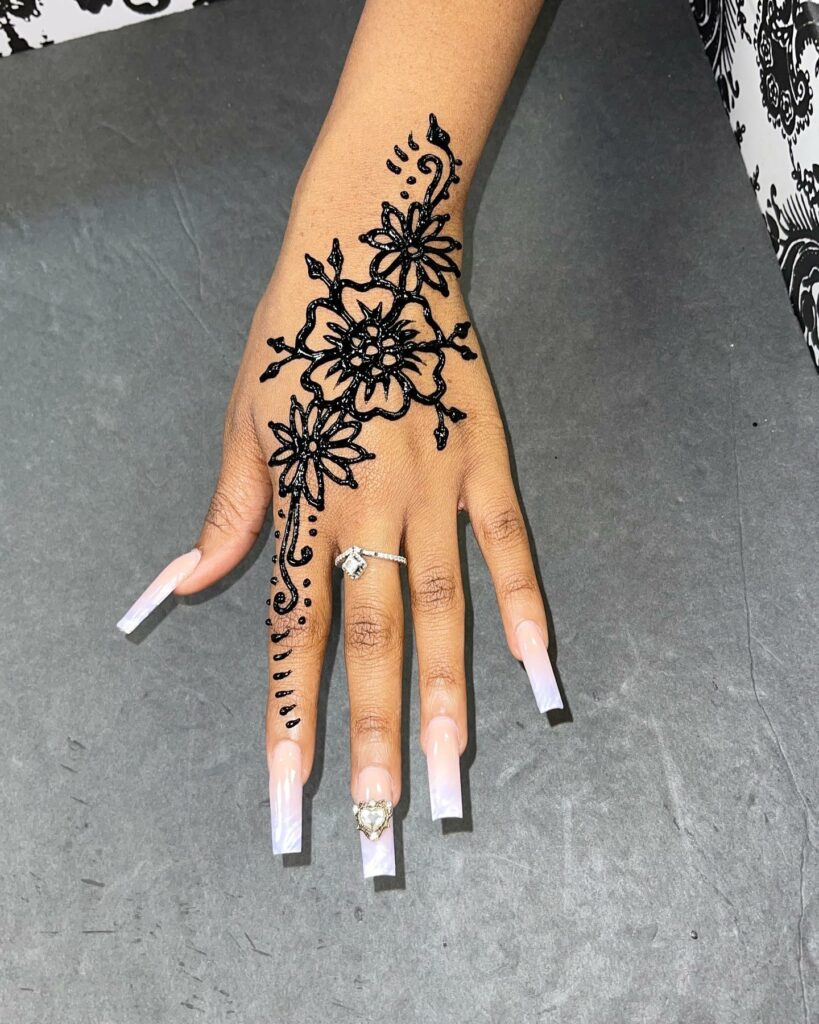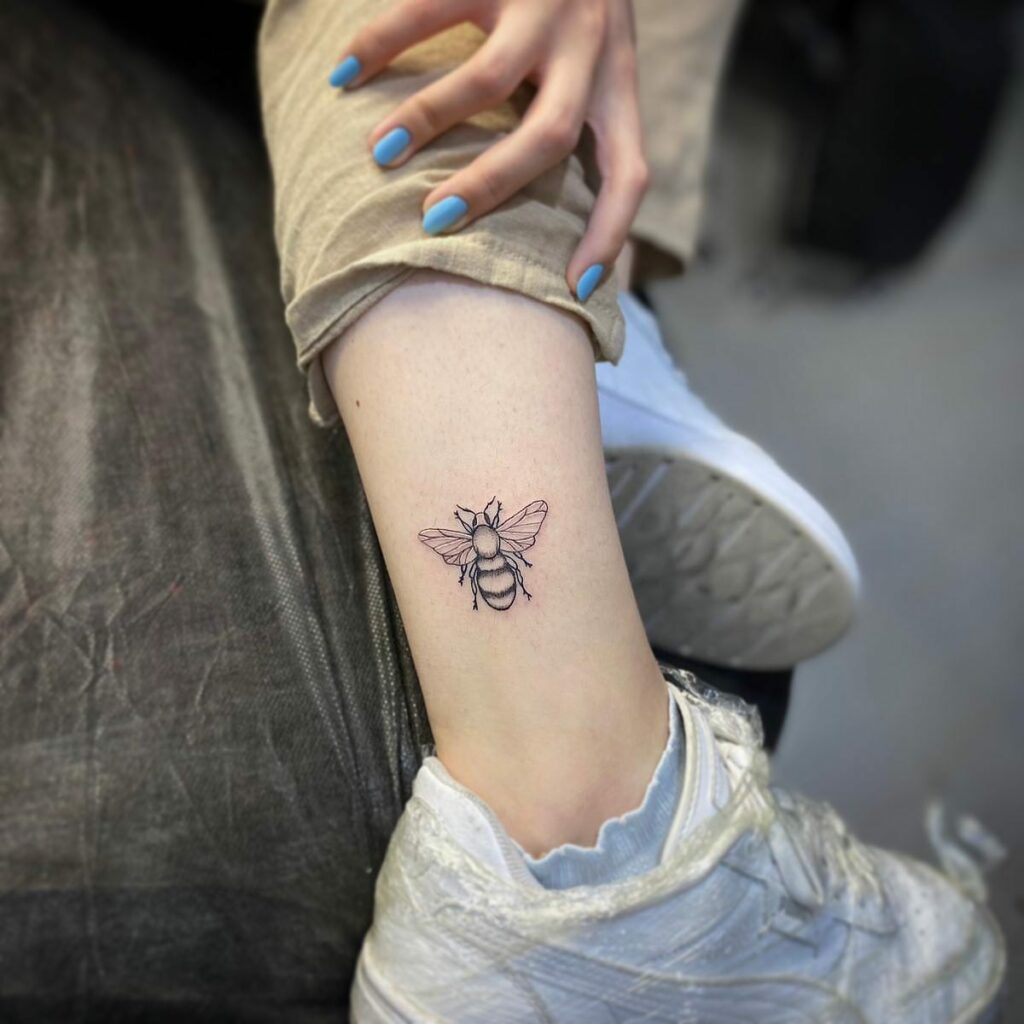Table of Contents
In this post, we will delve into the nitty-gritty of what influences the longevity of henna tattoos, the factors that help in preserving its luscious reddish-brown charm, and how your skin type and care regimen can make a massive difference. We’ll also shed light on the rich cultural tapestry from which henna originates, broadening your horizons in the process. This is where aesthetics and knowledge cross paths.

So, buckle in, let’s color outside the lines, and embark on a whirlwind adventure, as we uncover the secrets of the ephemeral, yet captivating world of henna tattoos. By the end, you won’t just have the lowdown on henna tattoo’s lifespan—you’ll also be a touch more enlightened about this magnificent art form. Ink trails, away!

How Long Does Henna Last?
We’ve all pondered this question before committing to a henna design. And let me tell you, the answer isn’t as straightforward as you’d think. The life of your henna tattoo can range anywhere between one to five weeks, depending on where it’s located. My wrist tattoos, for instance, usually last a week or two, while those on my feet often stick around for up to five weeks.
Why such a wide range? Well, everyone’s skin is unique – our oil production, cell regeneration rates, all of these influence the duration of a henna tattoo. Consider it as another way your body expresses its individuality!
What Makes Henna Tattoos Last So Long?

You might wonder how this magical plant manages to leave a long-lasting mark on our skin, unlike its other vegetable counterparts (I’m looking at you, beet stains!). The secret lies in the lawsone molecule found in henna leaves.
This molecule, much like a clingy friend, loves to bind itself with the keratin proteins in our skin. This bonding not only deepens the henna color but also anchors it to your skin, preventing it from washing off. Think of this process like two besties, inseparable until the bitter end – or, in this case, until your skin naturally sheds its outer layer.
Another feature that helps henna tattoos to endure is what I like to call the “Apple Effect”. Have you ever noticed how a sliced apple darkens after being exposed to air for a bit? Henna, too, oxidizes and intensifies its color over time, giving it an edge over other temporary skin dyes.
How to Make Henna Tattoos Last Longer
Wondering how to prolong your henna affair? Below are a few techniques that could help.
Location of the Tattoo

If you’re not picky about where your henna design resides, certain areas with thicker skin can increase the tattoo’s lifespan due to a higher accumulation of dead skin cells for the dye to penetrate. The soles of your feet, the palms of your hands, and your stomach are excellent spots for a long-lasting henna masterpiece.
Have Some Patience
Resist the temptation to scrape off the henna paste too soon after it has dried. The longer you leave it on, the darker your tattoo will be. If possible, leave it on overnight for the most vivid results.
Keep It Moist
Keeping the henna paste slightly moist can enhance the tattoo’s richness. A trick I learned from traditional Indian mehndi tattooing involves using a lemon juice and sugar mixture. It’s a fairly simple recipe: heat a quarter cup of lemon juice (but don’t boil it), add three tablespoons of sugar, mix until dissolved, cool, and then spritz lightly over the dried henna paste.

Keep It Warm
The lawsone-to-keratin binding process is more efficient when the henna tattoo stays warm for the initial 48 hours after application. Just remember, balance is essential – too much heat can lead to sweating and potentially disrupt your beautiful design. A gentle application of a heating pad for about 10 minutes every few hours does the trick for me.
Do Not Wash
Maintaining your personal hygiene is important, but frequent washing or use of exfoliating sponges can cause your henna tattoo to fade quicker. When washing the tattooed area, be gentle, and opt for a low-acidity soap. And definitely, avoid any pre-tattoo waxing or exfoliating that might leave fewer layers for the henna dye to adhere to.
So there you have it, my friends, a closer look at the lifespan of a henna tattoo and tips to make it last as long as possible. But remember, every henna journey is unique, much like each of us, and that’s part of the beauty. Enjoy the process, live in the moment, and keep creating art!
Best Products You Can Buy To Prolong Your Henna Tattoo
o prolong your henna tattoo, you can use several products:
- Saniderm Wraps or Bandages: These are used to seal in the body’s natural moisture, which helps the henna tattoo last longer. Sanibalm, a tattoo aftercare product, is also recommended to extend the life and vibrancy of the henna tattoo12.
- Natural Oils: Oils like olive oil, sesame seed oil, and coconut oil can help extend the life of a henna tattoo1. You can find these oils online:
- Avoid Harsh Chemicals and Excess Washing: Chlorine, salt water, dish soap, bleach, and other cleaning materials can cause the henna stain to fade faster. Avoid touching the area with the henna tattoo as much as possible, and if the design is on your hand, wear gloves when washing dishes6.
- Avoid Body Lotions with Artificial Fragrances: These can also cause the henna tattoo to fade more quickly6.
Remember, the lifespan of a henna tattoo can also depend on factors like body location and individual skin characteristics. If you follow these guidelines, your henna tattoo should last anywhere between 1 to 3 weeks6.
What Is The History & Cultural Significance Of Henna Tattoos?
Henna tattoos, also known as mehndi, have a rich history rooted in various cultures across the globe, notably in South Asia, the Middle East, and North Africa. The use of henna for body art dates back to ancient times, approximately 5,000 years ago, if not longer.
Cultural Significance
Henna holds cultural, spiritual, and symbolic significance in different societies. In many cultures, henna tattoos are associated with celebration, beauty, and blessings.
Wedding Rituals
In South Asian cultures, particularly in India and Pakistan, mehndi ceremonies are a key component of wedding celebrations. The bride’s hands and feet are adorned with intricate henna designs symbolizing joy, beauty, spiritual awakening, and offering. It’s also a common belief that the darker the henna stain, the stronger the bond will be between the couple, and the better the bride will get along with her mother-in-law.
Blessings and Protection
In the Middle East and North Africa, henna tattoos are seen as blessings and are often used in celebrations, such as births and religious holidays. In some cultures, it’s believed that henna can ward off the evil eye and bring good luck.
Art and Expression
Beyond these cultural contexts, henna has also been used purely as a form of personal adornment and self-expression throughout history.
Historical Use
The henna plant, Lawsonia inermis, originates from regions in North Africa, the Middle East, and South Asia. Its natural dye has been used for cosmetic purposes since the Bronze Age. Ancient Egyptians reportedly used henna to stain the fingers and toes of Pharaohs before mummification.
Henna’s use spread over time due to trade, migration, and cultural interaction. With each culture it touched, new traditions and uses were developed, enriching the practice and making it a versatile symbol across different societies.
In conclusion, henna tattoos hold a deep cultural and historical significance. They’re more than just temporary body art; they’re a celebration of heritage, tradition, and personal identity, reflecting the beauty of cultural diversity and interconnectedness.
Conclusion
In conclusion, while a henna tattoo’s journey is ephemeral, its enchanting presence can be extended with a little tender love and care. Strategically choosing thicker-skinned regions like the soles of your feet, the palms of your hands, or your stomach can prolong your tattoo’s lifespan. The cost can vary widely, anywhere from $10 for simple designs to over $100 for more complex or larger patterns, depending on the artist’s expertise and the time required. However, it’s not just about location and cost; being conscious of potential risks is crucial. Although rare, some individuals may experience skin irritation or an allergic reaction to henna, especially if it’s not pure henna and contains additives. Always do a patch test, especially if it’s your first henna experience. Armed with these insights, you’re now prepared to embark on your henna tattoo adventure. Just remember to embrace the process, savor the moment, and let your personal canvas tell a story that is uniquely yours. After all, it’s not just about the longevity of the henna, it’s about the memories you create along the way.




